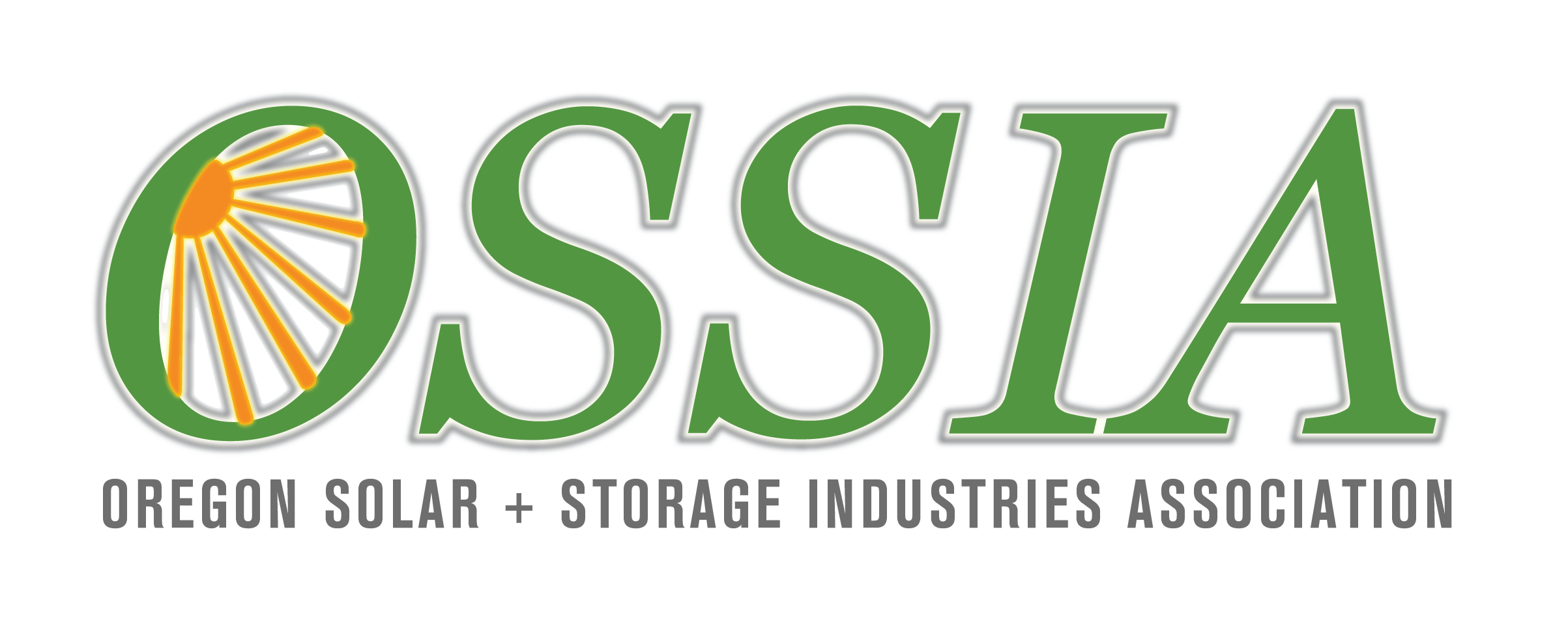SolarWorld Launches Bifacial Solar Module
6.27.16 - Bifacial is back. Gone are the days of the $4/watt HIT bifacial modules that some of you may remember from years ago, commonly found on niche carports and awning structures. SolarWorld has launched its Bisun module, which generates electricity both from direct exposure to solar radiation on the front side of the module as well as reflected sunlight on the back side. While bifacial technology has existed for years, SolarWorld has developed a way to manufacture bifacial cells by adjusting three steps in its p-type, passive emitter rear cell (PERC) manufacturing process. Using standard materials and manufacturing processes enables SolarWorld to offer Bisun modules to the mass market at competitive prices, from commercial rooftops to ground-mounted solar farms.
The energy boost from the rear side of the module depends on two primary factors: the reflectivity of the surface behind the module, known as the albedo, and the installation height. Initial tests have revealed energy boosts of up to 25 percent for solar modules mounted on a highly reflective surface, such as a white membrane roof, with the lower edge of the module roughly one meter above the surface. The energy boost of a PV system describes the increase in specific energy yield (kWh/kWp) of a bifacial module, compared with a monofacial module in the same system. In other words, a 325-watt, 72-cell bifacial module with an energy boost of 20 percent would generate the same energy yield as a monofacial module with the equivalent power of 390 watts. These greater energy yields lead to greater returns for the end user.
To gain a clearer understanding of expected energy boosts in real-world scenarios, SolarWorld has set up more than a dozen test sites across the U.S. and Germany, including arrays at the University of Richmond (Virginia), SolarWorld’s factory headquarters in Hillsboro, Oregon, and several Sandia National Laboratory sites in various regions. SolarWorld is working with third-party testing labs to create the first validated PAN files for bifacial solar modules. It also is developing an easy-to-use online calculator so that users can quickly validate whether they are good candidates for the Bisun technology. Standard production of Bisun modules is scheduled to begin in August 2016. Visit their website to learn more.
